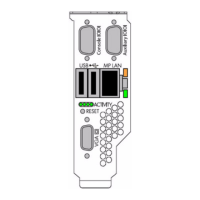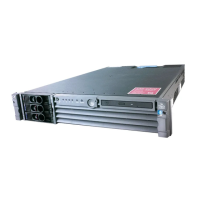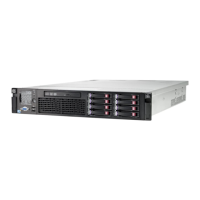Table 5-7 Custom script file options (continued)
ValueOption
Restricts the array and operations on the array to the specified type of physical
drive.
• SCSI: Use only SCSI drives.
• SAS: Use only SAS drives.
• SATA: Use only SATA drives.
DriveType
Specifies the spare drives for the array. A comma separated list specifies the location
of spare drives that are to be used in the array.
• [X]:[Y], …: The Port:ID for controllers that use Port/ID drive numbering
schemes or the Box:Bay for controllers that use Box/Bay numbering schemes.
• [X]:[Y]:[Z],…: The Port:Box:Bay for SAS controllers.
• None: No spares will be added to the array and any existing spares on the array
will be removed. In Configure mode if this option is not specified, None is the
default value. In Reconfigure mode if this option is not specified, the spare state
of the array remains unchanged.
• N: The number of spares that will be added to the array. The cpqacuxe utility
selects the best available unused physical drives for the spares.
OnlineSpare
Specifies the Logical Drive ID.
[1-32]: In Configure mode, a new logical drive is created. The logical drive number
specified must be the next available logical drive number in the existing
configuration. In Reconfigure mode, the logical drive number can identify an existing
logical drive, or it can identify the next available logical drive in the existing
configuration to create a new logical drive. In most cases logical drives must appear
in the configuration file in increasing order.
LogicalDrive
Specifies the RAID level for the current logical drive. In Configure mode, the RAID
is the RAID for the new logical drive. In Reconfigure mode, if the logical drive
already exists and the RAID is different than the existing RAID on the logical drive.
The cpqacuxe utility then attempts to migrate the logical drive to the specified
RAID. The RAID option is not required. If the RAID is not specified for a new logical
drive, the RAID will be the highest RAID level that is supported on the current
Array. If the RAID is not specified for an existing logical drive in Reconfigure mode,
then the current RAID setting remains unchanged.
• AUTO: The best available RAID level is selected based on the number of disks in
the array. This is normally be the highest RAID level supported.
• ADG: RAID ADG is equivalent to RAID 6.
• 6: RAID 6
• 5: RAID 5
• 4: RAID 4
• 1: RAID 1
• 0: RAID 0
RAID
Specifies the size of the logical drive. If the logical drive is new, the size is for the
new logical drive. In Reconfigure mode, if the logical drive already exists and the
size is different than the existing size of the logical drive, the cpqacuxe utility
attempts to extend the logical drive to the new size. This option is not required. If
the size is not specified for a new logical drive, the default is MAX. If the size is not
specified for an existing logical drive, the current logical drive size remains
unchanged.
• [N]: The size in MB.
• MAX: Uses the maximum size possible for the logical drive.
Size
76 Utilities Reference

